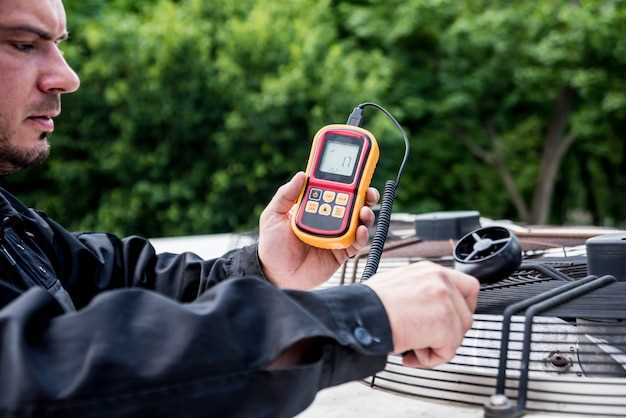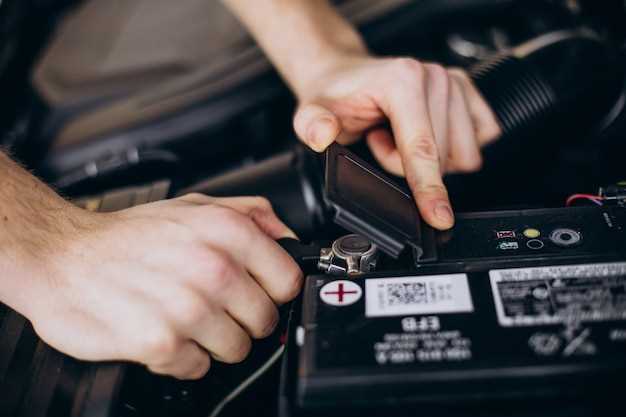
In the ever-evolving world of technology, batteries play a crucial role in powering our devices and tools. Whether for personal electronics, automotive applications, or industrial equipment, understanding the intricacies of battery maintenance is essential. This is where the selection of the appropriate charger and tester becomes vital. Choosing the right equipment can significantly enhance battery life and performance, ensuring that your devices run smoothly and efficiently.
When it comes to battery chargers, not all products are created equal. Different types of batteries require specific charging methods, and using the wrong charger could lead to decreased performance or even damage. Understanding the specifications of your battery, such as its chemistry and capacity, is the first step in making an informed decision. Additionally, recognizing the importance of using a fine-tuned tester allows you to monitor battery health accurately, prevent unexpected failures, and ensure safety in operation.
This article will guide you through the necessary considerations for selecting the right battery chargers and testers. By focusing on core aspects such as compatibility, efficiency, and safety features, you will be equipped to make knowledgeable choices that maximize performance and durability. Dive into the details, and empower yourself to manage your battery needs with confidence!
Understanding Different Types of Battery Chargers and Their Uses

Battery chargers come in various types, each designed to cater to specific battery chemistries and usage scenarios. Understanding these types helps ensure that you select the right charger for your needs, optimizing battery life and performance.
One of the most common types is the trickle charger. This charger delivers a low current to maintain a battery’s charge without overcharging it. It is ideal for vehicles that are not used frequently, such as classic cars or motorbikes, as it keeps the battery topped up without damaging it.
Smart chargers represent a more advanced option. They can automatically adjust the charge rate based on the battery’s state, providing a safe and efficient charging process. Smart chargers are capable of performing diagnostic tests on the battery, ensuring it is functioning correctly while charging.
In contrast, fast chargers provide a high current to recharge batteries quickly. They are typically used in commercial applications where downtime needs to be minimized. However, care must be taken, as excessive current can lead to overheating and reduced battery lifespan if not monitored properly.
Solar chargers use photovoltaic panels to convert sunlight into electricity for charging batteries, making them suitable for remote locations or off-grid applications. They are increasingly popular for recreational vehicles, marine applications, and outdoor use.
Finally, multiple-battery chargers are designed to charge several batteries simultaneously. They are particularly useful in environments where multiple batteries are used, such as in power tools or electric vehicles. These chargers often feature individual monitoring systems to ensure that each battery is charged correctly.
Choosing the right battery charger not only enhances battery performance but also prolongs its life. It’s important to test the batteries regularly with appropriate testers to monitor their condition and compatibility with the selected charger.
Key Features to Look for When Selecting a Battery Tester
When choosing a battery tester, it’s essential to consider several critical features to ensure accurate testing and compatibility with various battery types. Here are the key features to look for:
- Compatibility: Ensure the tester is compatible with the specific battery types you need to test, such as alkaline, lithium-ion, lead-acid, NiMH, and more.
- Measurement Range: Check the voltage and capacity measurement range. A tester should handle a wide range of voltages to accommodate different batteries.
- Display Type: Look for a clear and easy-to-read display. Digital displays often provide more precise readings compared to analog ones.
- Load Testing Capability: Select testers that can perform load tests, as these provide a more accurate assessment of a battery’s condition under actual usage conditions.
- Ease of Use: Consider how user-friendly the device is. Simple interfaces and clear instructions help streamline the testing process.
- Portability: If you need to test batteries in various locations, a compact and lightweight tester will be more convenient.
- Built-in Safety Features: Safety mechanisms, such as reverse polarity protection, are crucial to prevent damage to both the tester and batteries during testing.
- Data Retention: Some battery testers feature data retention capabilities, allowing you to save and recall previous test results for better analysis.
By focusing on these essential features, you can select a battery tester that best meets your needs, ensuring reliable and effective testing of your batteries.
Best Practices for Testing and Maintaining Your Batteries

Regular testing of your batteries plays a vital role in ensuring their longevity and performance. Utilize a battery tester to gauge the voltage and capacity of your batteries. This process can help identify weak or failing batteries before they cause operational issues. For optimal accuracy, test batteries under load conditions, as this reflects their performance during actual use.
Proper maintenance is equally important. Keep batteries clean and free of corrosion by periodically wiping terminals with a mixture of baking soda and water. This helps maintain a good electrical connection and prolongs battery life. Additionally, store batteries in a cool, dry place to prevent degradation caused by heat and humidity.
It’s crucial to follow manufacturer guidelines regarding charging and discharging cycles. Overcharging can significantly reduce battery life, while deep discharges can damage certain types of batteries. Utilize appropriate chargers designed for the specific battery type you are using, and consider using a smart charger that automatically adjusts voltage and current during the charging process.
Periodically inspect batteries for any signs of swelling, leaks, or physical damage. If you notice any abnormalities, it’s best to dispose of the battery properly and replace it. Keeping track of your battery’s age and usage patterns can also help anticipate when to replace them, minimizing unexpected failures.
Incorporating these best practices into your routine will ensure that your batteries remain in optimal condition, providing reliable performance and extending their overall lifespan.
